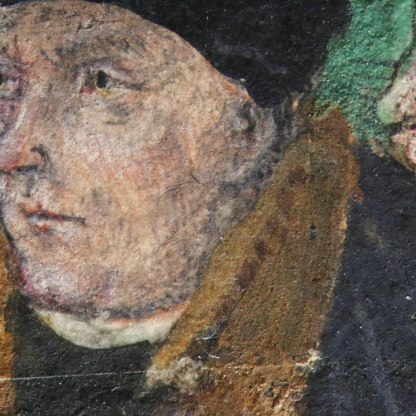MINIARE
Now in its 11th year, MINIARE was launched in 2012 by the Pro-Vice-Chancellor for Research as a cross-disciplinary project using advanced methods in the physical sciences, the arts, humanities and social sciences. It employs non-invasive analytical methods to identify the painting materials and techniques in manuscripts, and incorporates these discoveries into textual, art-historical and provenance research. Combining Cambridge’s rich collections and world-class expertise, MINIARE brings studies of the artistic, cultural, political, social and economic environments in which the manuscripts were created together with cutting-edge scientific protocols and digital technology. Our achievements have recently been recognised by a Europa Nostra Award: 2023 Winners of Europe’s top heritage awards announced by the European Commission and Europa Nostra.
Technical analysis, well established as a scholarly tool in other artistic media, is a more recent development in manuscript studies. Until recently, the few analytical results available have been published mostly in scientific journals, and have rarely been integrated with a consideration of the manuscripts’ cultural significance. MINIARE is the first synergy of scientific, stylistic, textual and historical analyses, systematically examining statistically significant groups of material rather than isolated examples. We are identifying new pigments, correcting misconceptions about artists’ methods of work, transforming knowledge about medieval painting, and revealing the transfer of materials and expertise across manuscripts, panel paintings, stained glass and textiles. MINIARE has a research network of colleagues from three of Cambridge’s Schools, from UK and overseas universities, and from industry.
MINIARE’s initial focus was on Western European manuscripts produced between the 6th and the 16th century. This phase of the project informed the Museum’s spectacular bicentenary exhibition, COLOUR: The Art and Science of Illuminated Manuscripts (30 July 2016 - 2 January 2017) and is the research platform for the resource ILLUMINATED: Manuscripts in the Making. More recently, we have partnered with ‘Team Pigment’ at the University of Durham for an AHRC-funded project: The Pigments of British Illuminators: a Scientific and Cultural Study, the first study to chart pigment use in one culture over an extended period of time. Our findings have just been published in jointly-authored book, and were showcased in a focussed display at the Fitzwilliam Museum in autumn 2022: Medieval Britain in Colour: 500 Years of Illuminated Manuscripts.
The pioneering work of the MINIARE project team has been the starting point for the development of the Fitzwilliam Museum’s scientific research activity, which now extends to numerous other types of objects in addition to manuscripts. We increasingly work in collaboration with partners across the University, as part of the Cambridge Heritage Science Hub (CHERISH).
Outcomes of the project
Exhibition and exhibition catalogue
Bicentenary exhibition COLOUR: The Art and Science of Illuminated Manuscripts (30 July 2016 – 2 January 2017), attracting over 100,000 visitors and overwhelmingly positive responses by academics, conservators, the press and the public
COLOUR: The Art and Science of Illuminated Manuscripts, ed. S. Panayotova, London and Turnhout: Harvey Miller/Brepols, 2016. The catalogue sold out half-way through the exhibition and its reprint sold out as the show closed.
Conference and conference proceedings
International conference Manuscripts in the Making: Art and Science (8-10 December 2016), attracting over 250 delegates.
Manuscripts in the Making: Art and Science, ed. S. Panayotova and P. Ricciardi, 2 volumes, London and Turnhout: Harvey Miller/Brepols, 2017.
Other publications
The Art and Science of Illuminated Manuscripts: A Handbook, edited by Stella Panayotova, London and Turnhout: Harvey Miller/Brepols, 2020.
Richard Gameson, Andrew Beeby, Flavia Fiorillo, Catherine Nicholson, Suzanne Reynolds and Paola Ricciardi, The Pigments of British Medieval Illuminators: A Scientific and Cultural Study, London: Archetype Publications, 2023.
Digital resource
Funders and partners
Other research projects you might like
Sign up to our emails
Be the first to hear about our news, exhibitions, events and more…
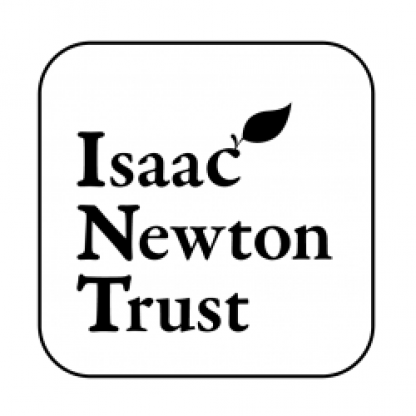
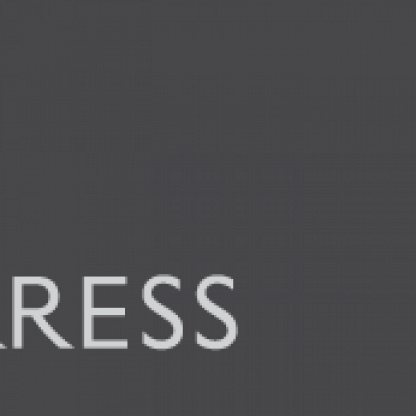
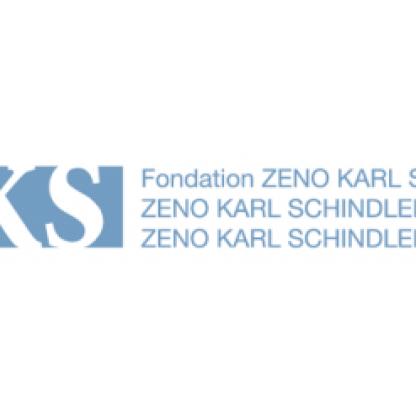
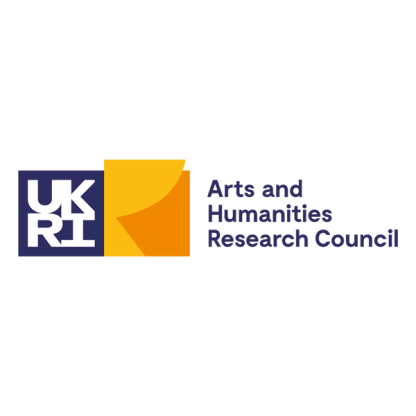
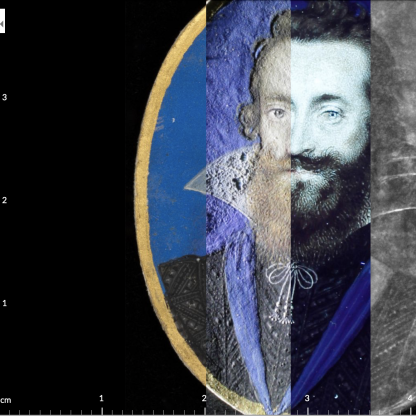
.jpg?key=exhibition)
